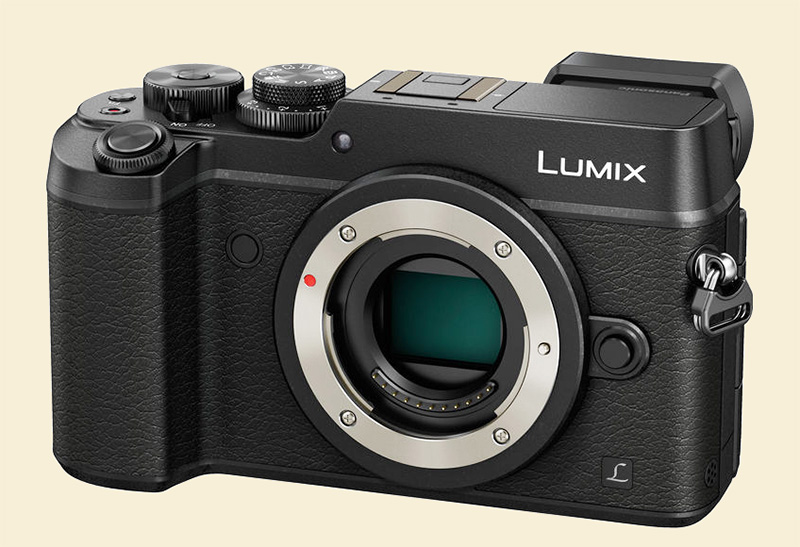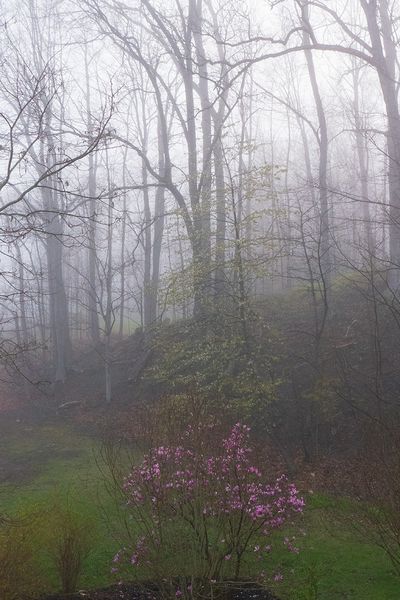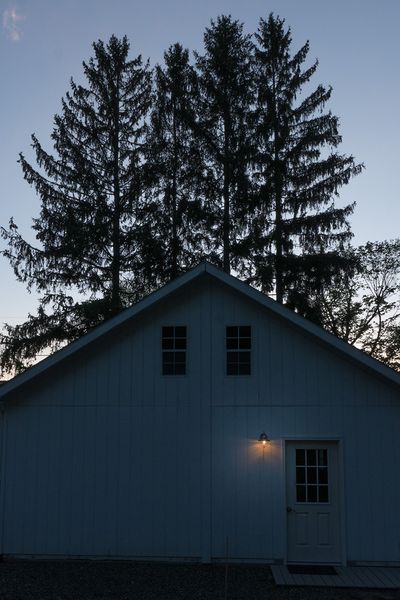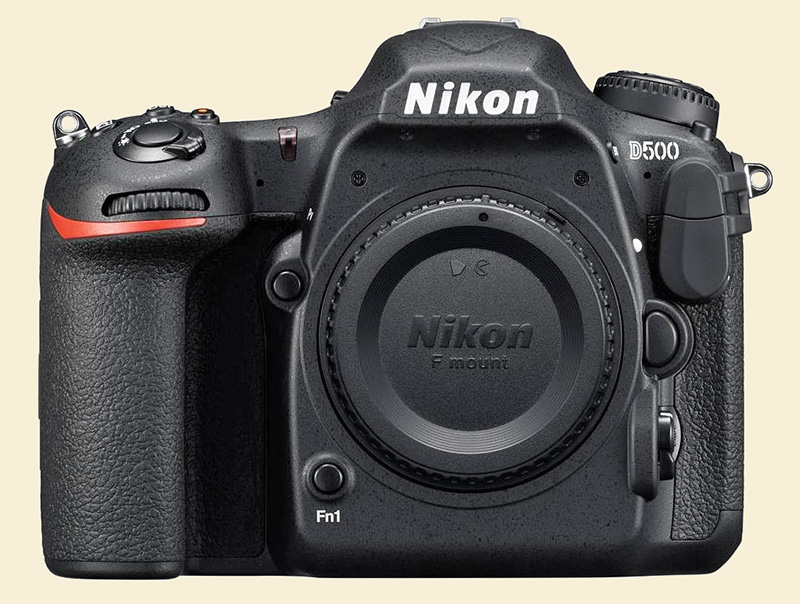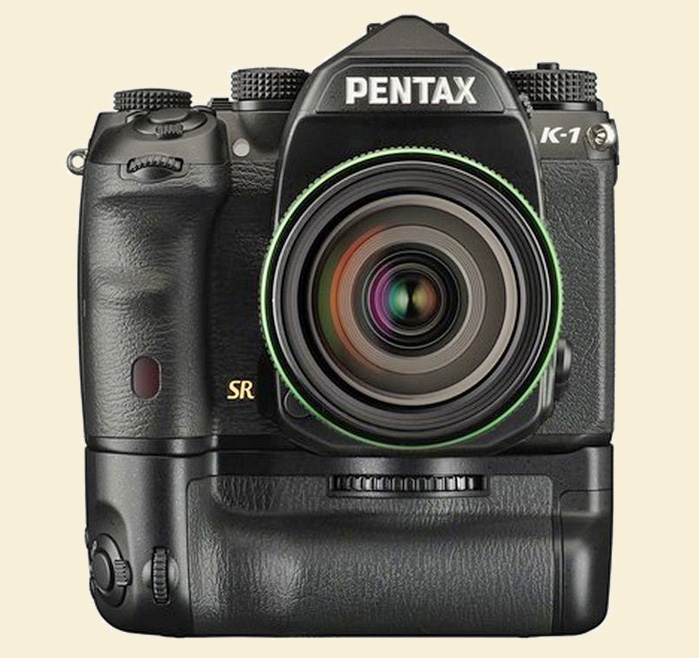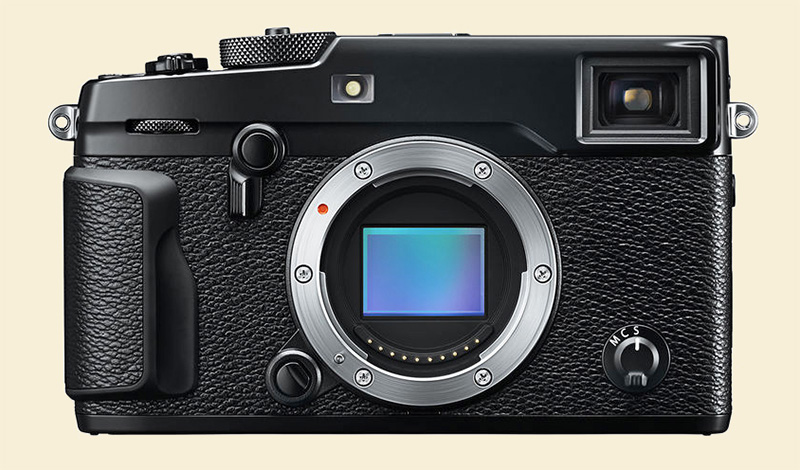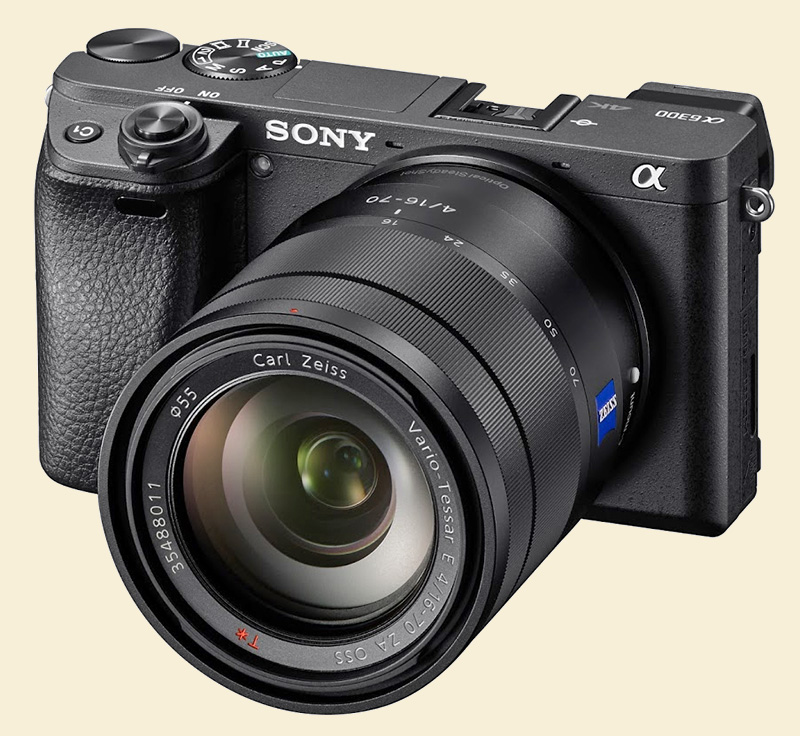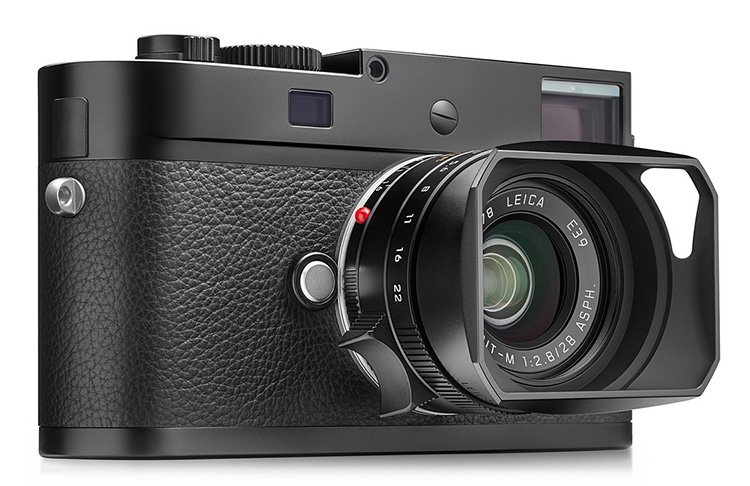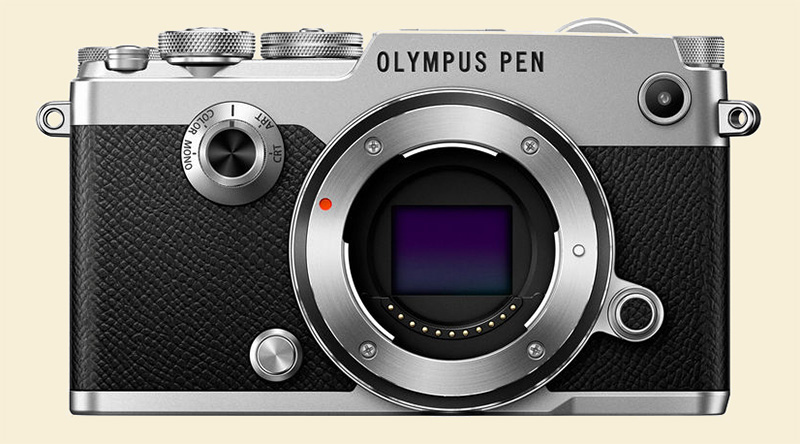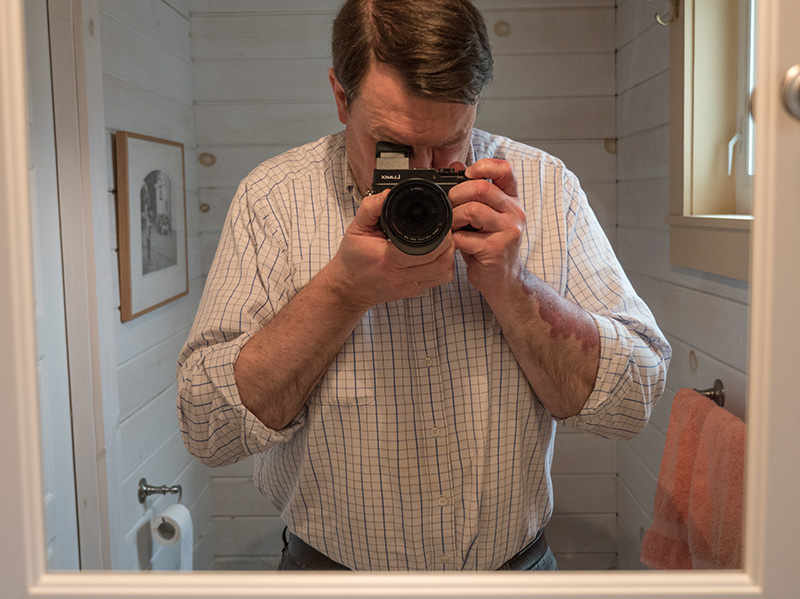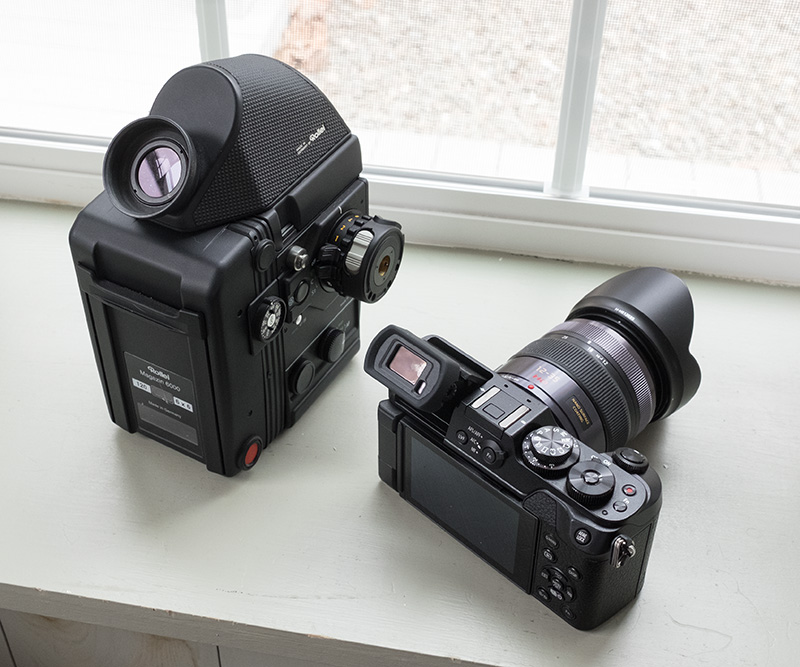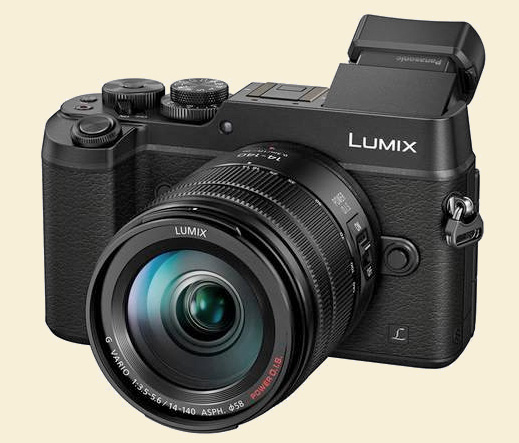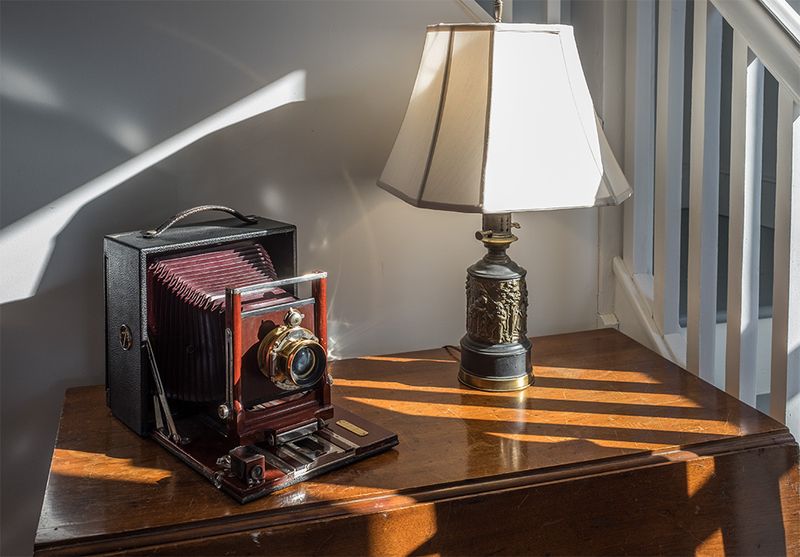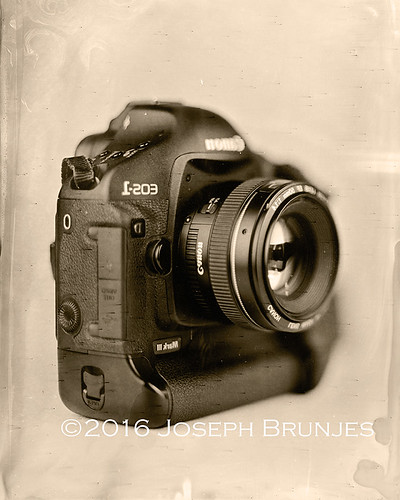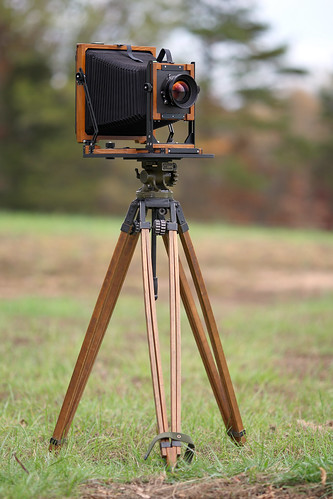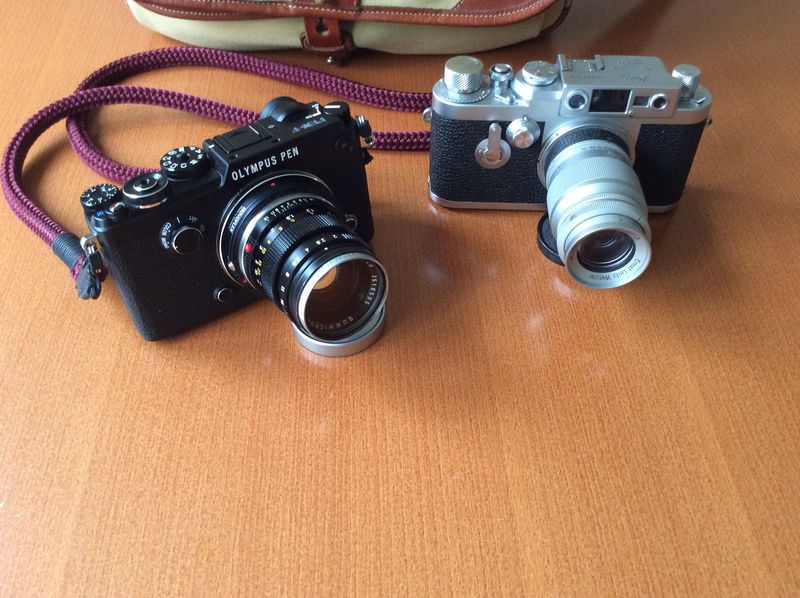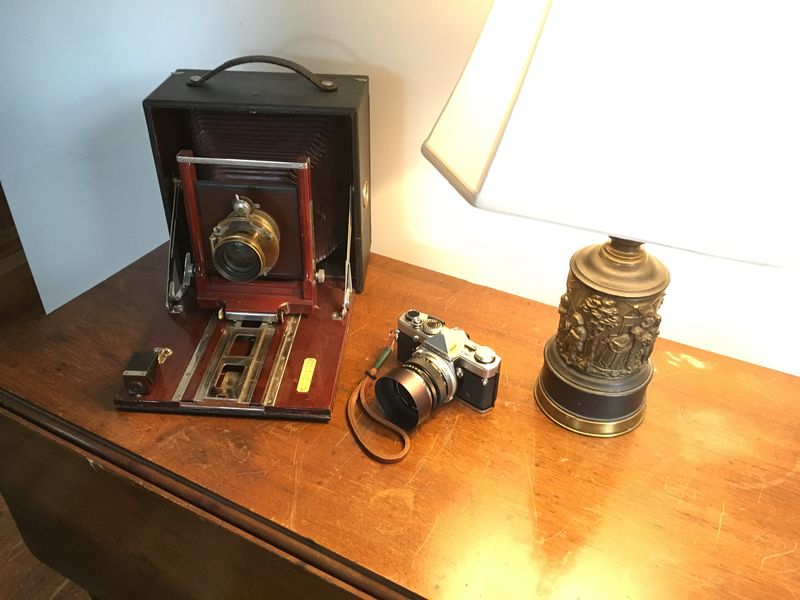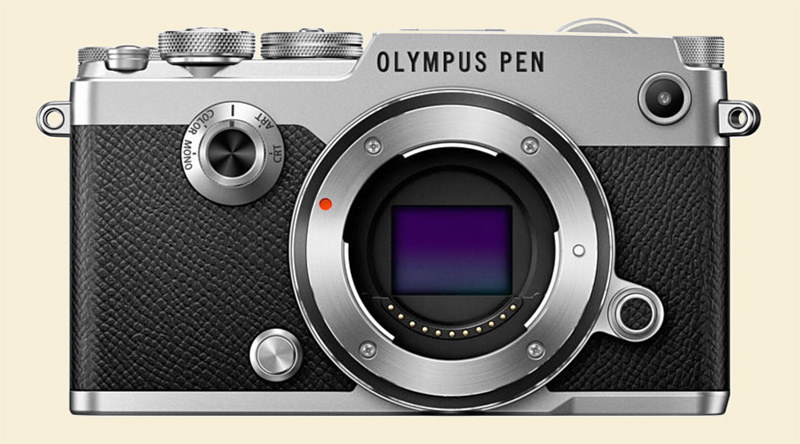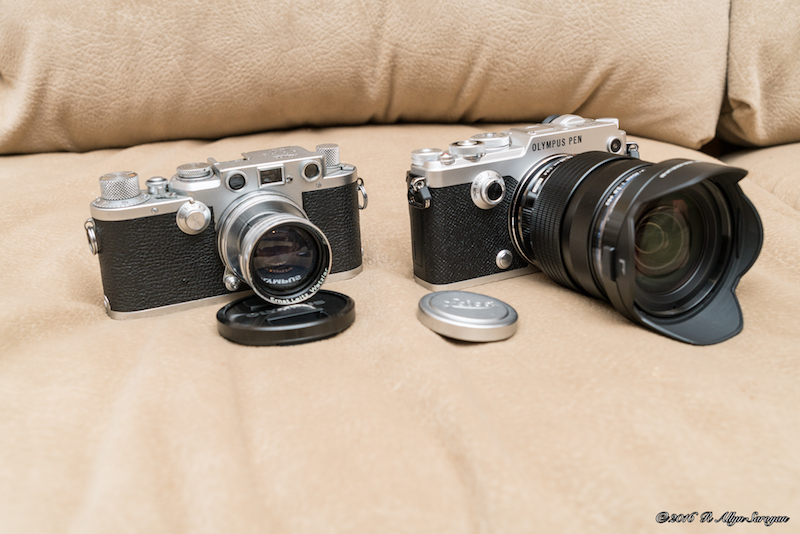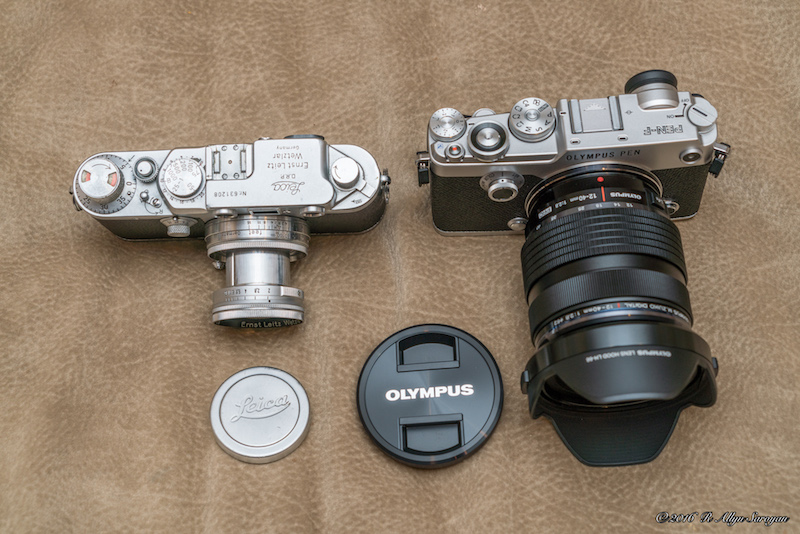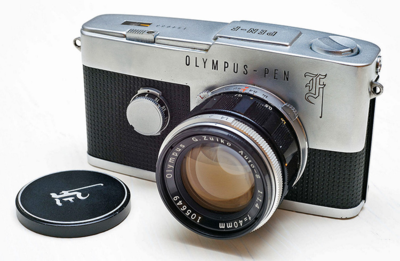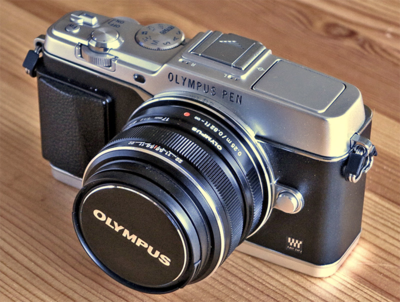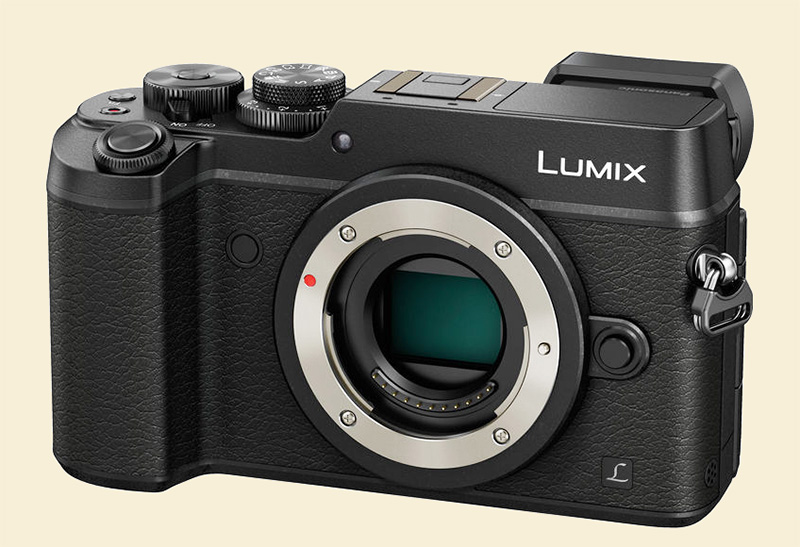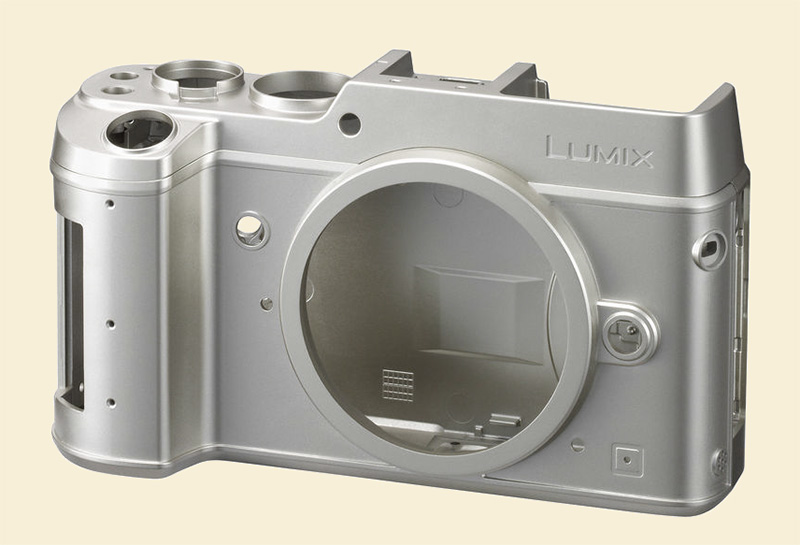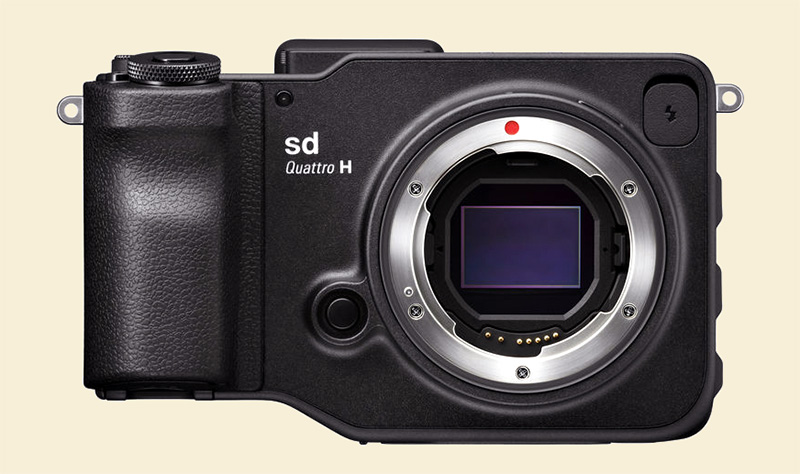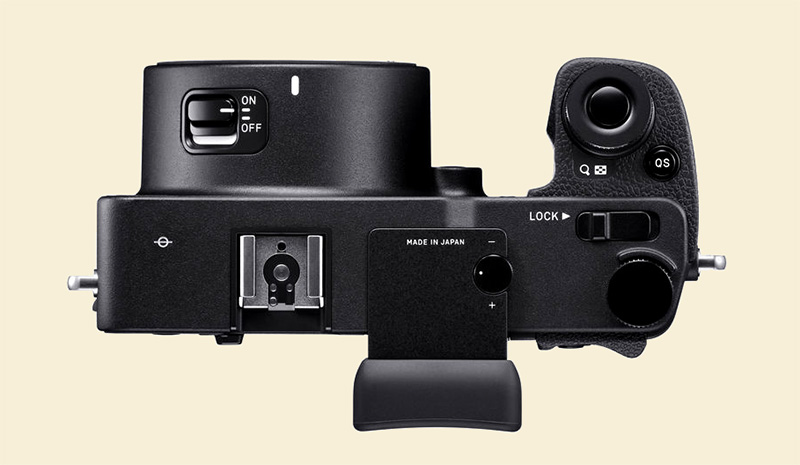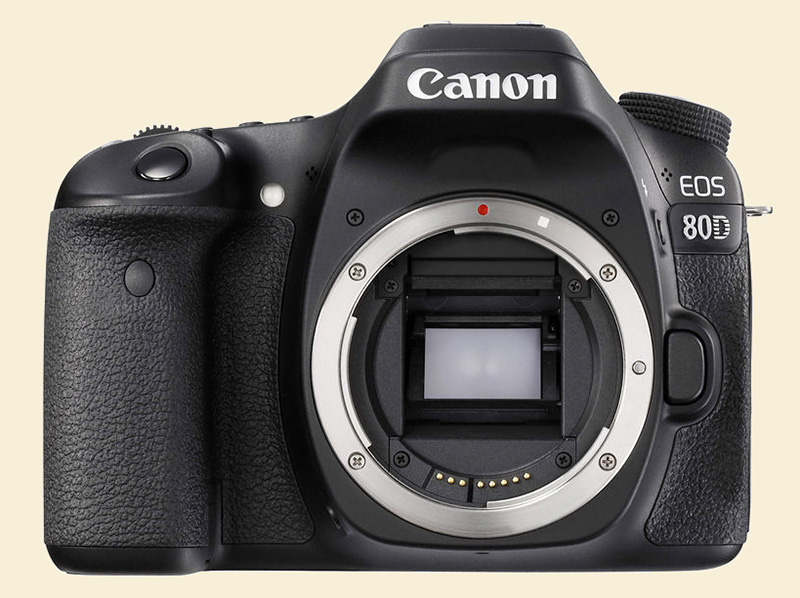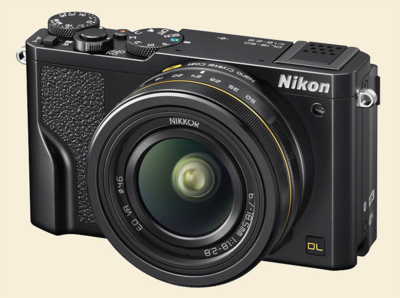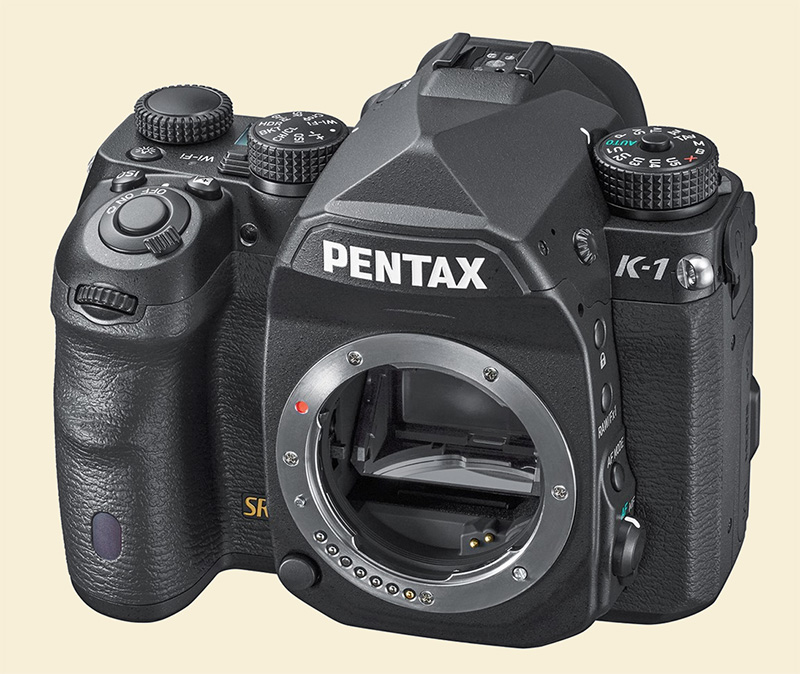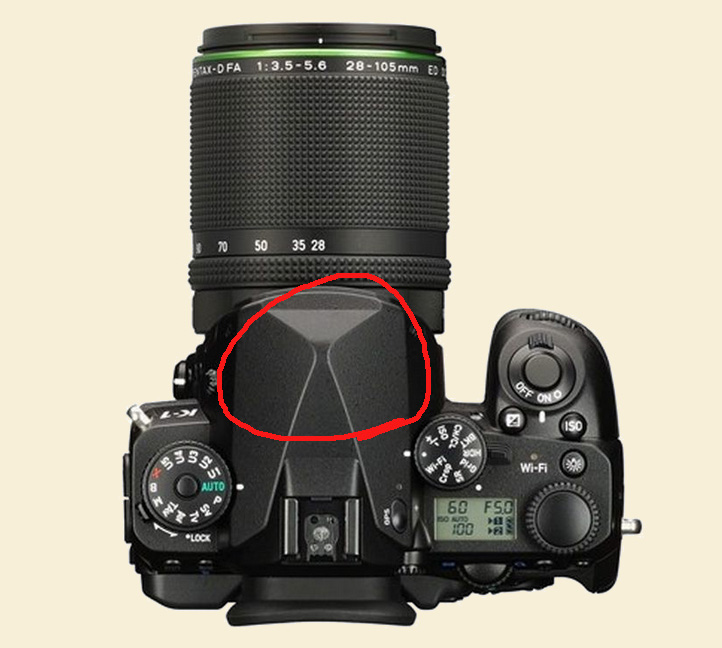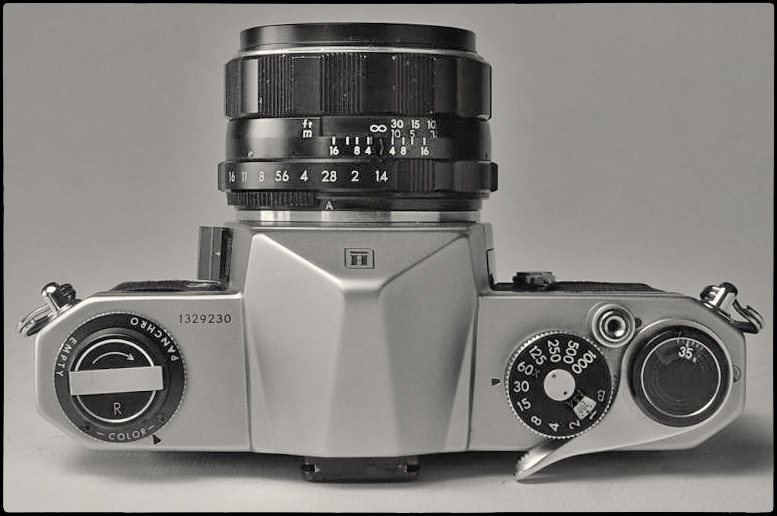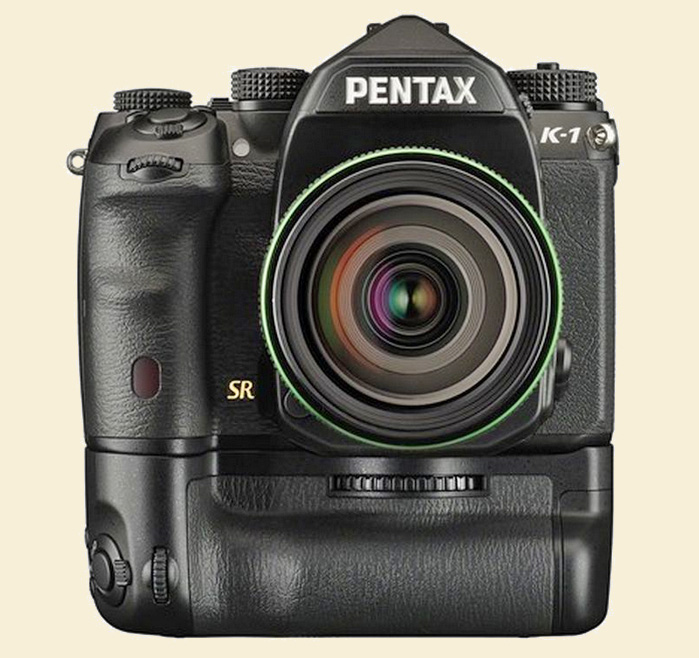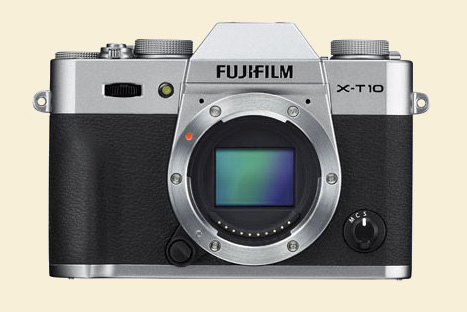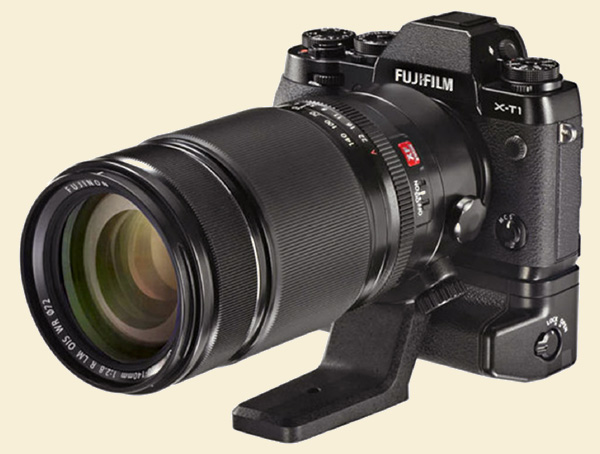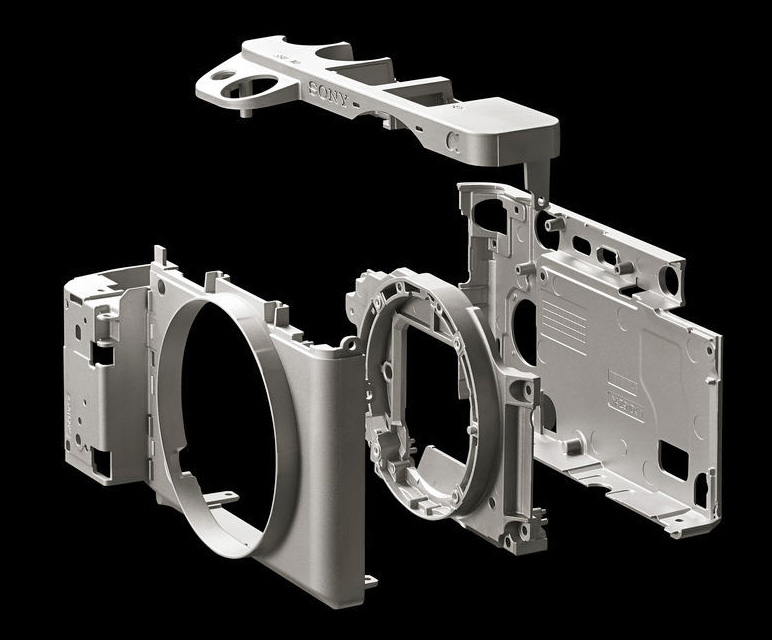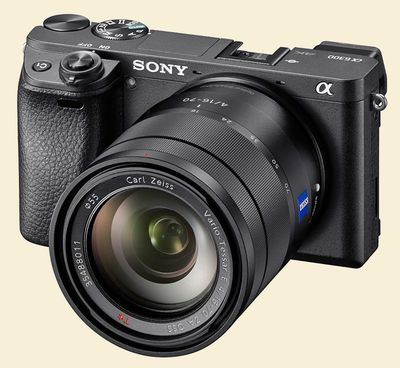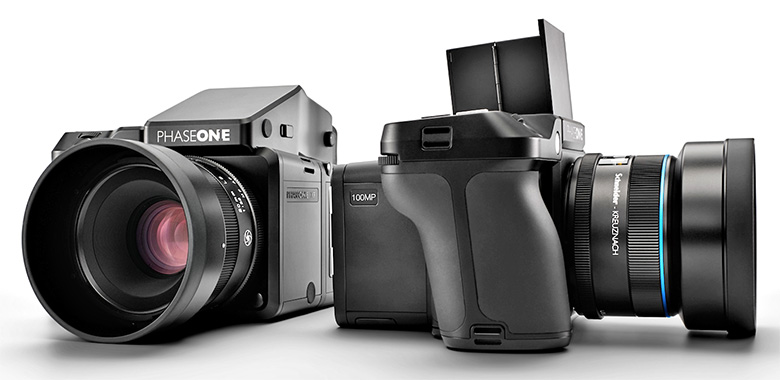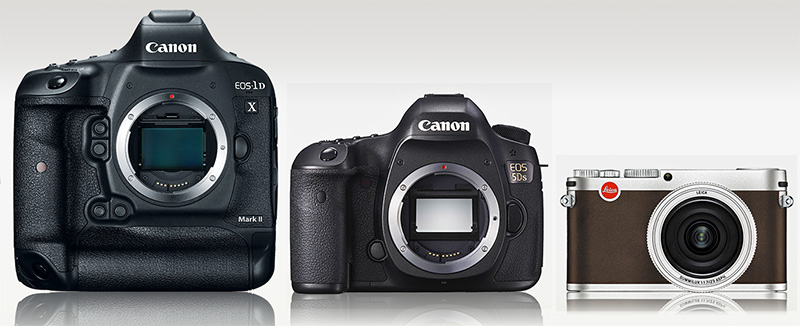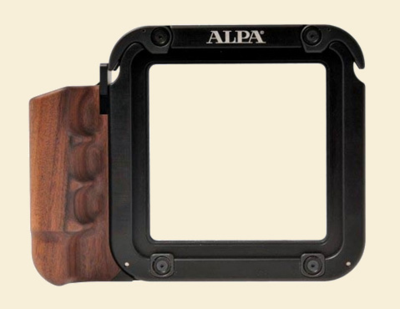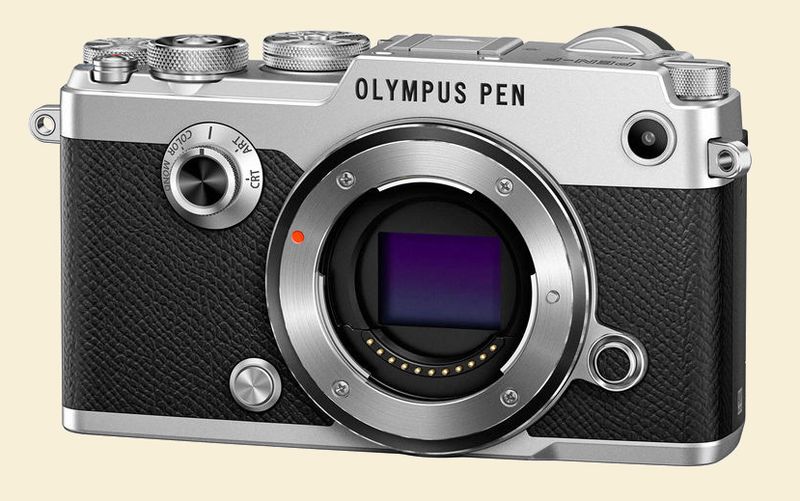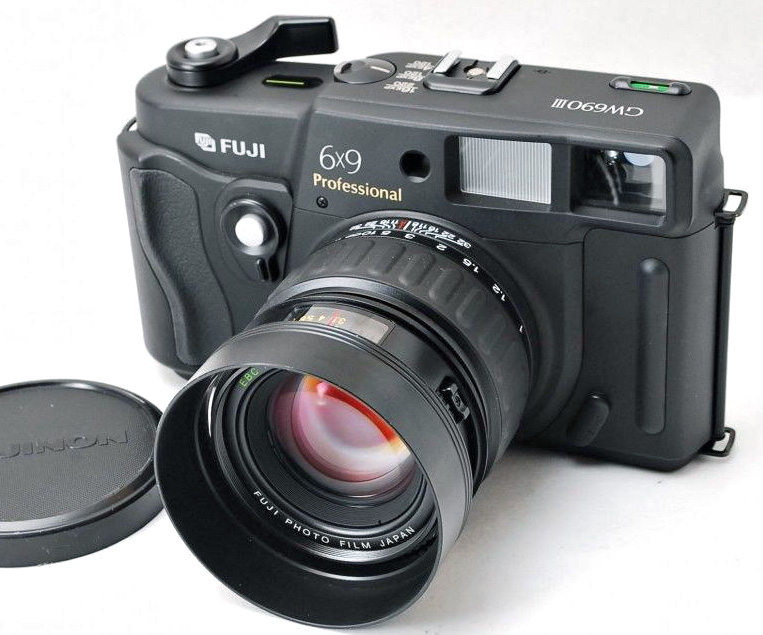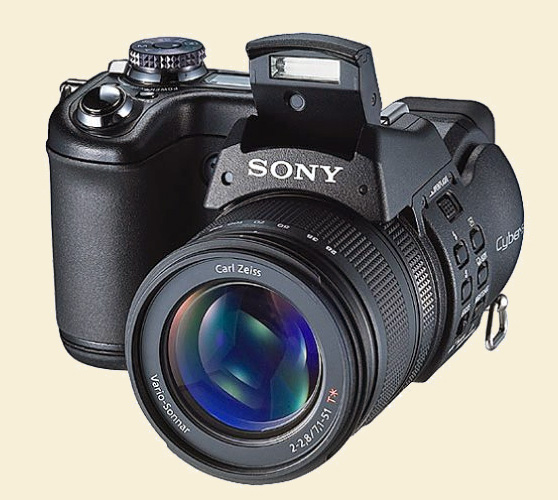...Or more precisely, non-review.
There are several things about the Panasonic GX8 (currently on sale and less than $1k) you would like a review to answer...one, how well does the Dual IS system work? And two, is the alleged shutter-shock problem real, or is that just a random slander to give armchair shoppers on the Internet something to bite their fingernails about?
The problem is, I can't really answer either question.
The reason I can't say anything about the shutter-shock problem is that, having heard about it, and being nervous about missing pictures, I switched the camera to electronic shutter to avoid it so none of my pictures could be ruined. (I think both the illustrations below are with the camera on mechanical shutter, however.) I was then on the lookout for any of the problems that the electronic shutter is alleged to cause. But unfortunately (this happened with the GX7 too), in all my shooting I never had any problems with the electronic shutter. My advice on this head would be, if you're concerned about it, read up on the issue, shoot with the electronic shutter most of the time, and switch to the mechanical shutter in those rare situations where you expect the electronic shutter might lead to problems. My general observation is that when a problem is said to exist but people who are looking hard for it have difficulty provoking it to happen, it might not be too much of a problem. But bear in mind I found out essentially nothing solid about the issue that might add to discussions elsewhere.
Also, I only used one lens with the camera, the 12–35mm ƒ/2.8 Panasonic zoom (currently on sale for $200 off). I really liked the lens, although it has stiff competition (Panasonic has a problem with that...it keeps coming up with great products which are then overshadowed by products that have slightly better specs) in the Olympus 12–40mm ƒ/2.8. To really have the last word on the alleged problem, you'd need to test it exhaustively with many different lenses. I'm sorry I can't be of more help here.
I'm also not going to say much about the Dual IS. It appears to work; how many stops it might gain for you, I can't say. I have some particular personal problems when it comes to objectively testing IS.
Mike you are worthless!
...I know. So what can I say about the Panasonic GX8 that might be useful to you?
Just this: I think that ergonomically, from a functional handling standpoint, this is one of the best digital camera designs I've ever used.
I've been through some changes with Panasonic—I've owned or borrowed about five of them, starting with the GF1 (with the 20mm lens) which was my main camera for about three years, until about 2012. To say the company's design goals have been rather inconsistent is something of an understatement. Its premium mirrorless cameras have taken wild swings back and forth from one idea to another. The GF1 was a utilitarian brick, no-nonsense and workmanlike; the successor GX1 took small 'n' light to an extreme, being almost too small for adult human hands; the greatly improved but underrated GX7 looked sidewise at the Fuji X100 as an exercise in exquisite, jewel-like design, elegant and delicate.
With the GX8, Panasonic took another wild swing of the pendulum, throwing out the idea of small-as-a-virtue, but also tossing out the design-exercise aesthetic of the GX7, going back to the idea of a workmanlike brick that's meant to be used...but with a lot of the GX7's feature-richness kept on board.
The result, I think, is singularly successful.
And now, just when you didn't want it, a digression
One thing that's still shifting and changing about digital cameras is the degree to which different designs are allowed to "settle." It was a big advantage of the film era—refinement was slow and gradual, and designs evolved rather than being replaced. Leica's most successful rangefinder, the M6, was an M4-P with a manual light meter built into it, and the M4-P was made with some of the tooling for the M4 that had been sent from Germany to Canada. It was a steady and slow evolution. Nikon's first standard for the F pro SLRs was that they'd have ten-year lifecycles. Now, if you find a digital camera you love, well, enjoy it while it lasts, because it might not last long.
There have been some exceptions—Canon particularly, but Nikon almost as much, has tried to stay consistent with its SLR designs. The practical advantages are that users are already basically familiar with new bodies as well as with different bodies in the same lineup. The disadvantages are that it precludes top-to-bottom rethinks and the innovation that requires, as well as a certain boring sameness after a while that can put a damper on excitement and, hence, sales. Another exception is of course the "refresh"—Mark II and III, and so on, variants of basic designs.
Stop here
So may I just say that I truly hope Panasonic will stop here for a while with its top-of-the-line mirrorless design. The GX8 probably looks good to use to you, from afar, but it's actually better than it looks. I was encouraged that Fujifilm took a "Mark II" approach to the X-Pro1, even though it's called the X-Pro2. They took the best parts of the initial design and refined it exhaustively. That's how great cameras evolve. And it's a relief for users when they don't have to say goodbye to their favorite designs and learn a new body all over again from scratch. There would be nothing wrong with refining the GX8 in the same way. Really, the basic design is so good that it just shouldn't be thrown out with the next swing of the pendulum.
Dawn
Dusk
So what's good about it? Well, I'm not going to make exhaustive descriptions of, or arguments in favor of, each feature. You can go to the big review sites for that, the ones that have staff and only talk tech.
The things I like best about the GX8:
- The size: Not too big, not too small, just-right hand grip. Weight-to-size ("density") is just about perfect too.
- The VF: Love the viewfinder. The tilting feature seems somehow more serious and more useful than the same feature on the GX7. It's not just for use as a chimney finder (i.e., pointed straight up). In fact, I find that using it as a 45° angle finder is perfect, allowing a very comfortable and stable hand-holding stance with either eye. (Side note: the GX8 is a great camera for left-eyed shooters and also people who wear glasses). Also, you can completely cut out stray light outdoors so the view through the eyepiece is saturated and clear—I had no problems shooting in bright light. The EVF itself—although it's one of those things that can be noteworthy for only so long, as progress in the technology marches on—is the best I've so far experienced, edging out the excellent EVF on the Fuji X-T1, which itself is one of that camera's best features.
- Touchscreen: This is the first touchscreen (save the ones on my i-devices) that I truly like. It makes changing basic menu settings quick and simple, and I just love the way you can place the focus point using your right thumb on the touchscreen as you shoot. As good as the joystick on the Fuji X-Pro2? Can't say, but Panasonic's solution works a treat, that's for sure.
- Button 'n' dial configuration: In keeping with emerging practice, the camera is extremely configurable. You can change all sorts of things to suit your taste, from almost all the physical buttons to the directions the dials turn. I didn't do so, but I could see that if I owned the camera and took the time to set it up the way I wanted to, it would make the camera that much easier to learn to operate intuitively. (All the more reason the next iteration should preserve the same form-factor—you're going to put some effort into first customizing the operation of the camera, then using it enough that it becomes second nature. That's effort and practice you don't want to throw away three years from now when the body is replaced.)
- Lenses: I should mention again (I've said it before) that I love Panasonic lenses. They're all just the right size, great in quality, and you can put together a splendid, very sensible outfit that won't break either the bank or your back.
- IS: ...Even though I can't quantify its advantage. (This was the reason I tried the camera, because I suspect I personally need IS at age almost 60.)
The things I don't like? The swivel viewing screen. I much prefer flip-ups. That's just a settled preference of my own, and your take might be the opposite. Oh, and I had some problems with the battery door sticking, and my fingers are too big to remove the SD card comfortably. No biggie, but, in the Irony Dept., the old GF1 was perfect in this respect. See what I mean about not changing what works?
'Gestalt'
The overall "rightness" of this body design is where this thing scores like Stephen Curry. It's got the mojo of a pickup truck: fit for working and the tool for the job. The whole package has a sort of git 'er done gestalt that makes you feel like you're set to take on any task. It's not too pretty and not too precious, but oh man does it all come together.
I loved this camera, and I think it's better than a) appearances, and b) you probably think it is.
Granted there's a huge amount of competition in the mirrorless space...a glut, even. But I hope the GX8 (here's the link again) won't be semi-ignored like some of Panasonic's bodies have been when they get apparently overshadowed by the competition. Try this before you diss it. The company's designers hit the nail on the head this time around. I really do hope this will be a long-lived design. It deserves to be.
Mike
[Thanks to B&H Photo for the loan of the review equipment. —Ed.]
[Ed. Note: Bear in mind that TOP is no longer publishing on weekends! So I'll see you on Monday. I said before I was going to do a techie post on Mondays and "Open Mike" on Fridays, but I'm switching that around. I think it's better to have a photo topic sitting at the top of the site for the whole weekend; to have an "Open Mike" up there could mislead surfers as to what the site is all about.
Hope you don't miss me too much, but, even more, I hope you don't forget to come back. Have a nice weekend!]
Original contents copyright 2016 by Michael C. Johnston and/or the bylined author. All Rights Reserved. Links in this post may be to our affiliates; sales through affiliate links may benefit this site.
(To see all the comments, click on the "Comments" link below.)
Featured Comments from:
Mike: "Yup, it's the best Panasonic camera ever. I've been a dedicated Lumix user professionally since the arrival of the GH3. I've used up two of those, two GX7's, and still have two GH4's with about 180,000 clicks on each. The GH4's have been retired to video only duty since the GX8 is out.
"I have two GX8's and use them exhaustively for all of my stills, professionally and for personal use where I use the square crop. They are the best still camera, for me since the advent of digital. I love the swivel screen because it lets me shoot verticals from low or high viewpoints, and even around corners or from inside a scientific hood pointing backward because it lets me see the composition from any angle, and set the focus point too.
"Now that my company is purchasing my cameras, finally, after three years of providing my own, they got me Sony A6300's. And, I hate them. They feel like toys compared to the Lumix cameras, and the lack of touch screen makes choosing the AF points absolutely maddening. Plus they overheat when outside in the sun, and sometimes just stop working altogether until I remove the battery and restart it.
"Don't get me started on the menus. And then there's the lenses. Blah, ugh, blech. Not nearly enough, slim pickings when it comes to available focal lengths and lens speed, and mediocre performance.
"The Micro 4/3 system is very complete. I mix and match my lenses between Panasonic, Olympus and Voigtlaender, and there's nothing that I need and either don't have or can't get. I much prefer the Lumix bodies over the Olympus, which are too small for the most part, and the batteries are underwhelming. I've never been happier with a camera, or the whole system as I am now. Good stuff.
"Oh, and I've never seen the effects of shutter shock, ever. I shoot in the danger zone all the time, and it's never ever reared it's blurry head in my experience of probably over half a million frames with many bodies."
Alan: "I recently ran into the shutter shock issue for the first time when using a GX7 and 14–42mm OIS kit lens. I'd previously used primes on the GX7.
"Once I saw the problem I Googled it and did my own little tests and although I found the issue intermittent and limited to that lens on the GX7, it's present enough to make me want to avoid using shutter speeds of 1/80th to 1/250th when using that camera and lens.
"Switching to electronic shutter is a work-around in natural light but I've seen banding in shots taken under artificial light and it completely ruined a shot I really wanted. So sadly it's an issue for me with the GX7 and 14–42mm when using the mechanical shutter at the sort of shutter speeds I'd be using in lower natural light and also when using the GX7 and the electronic shutter with any lens under some artificial lighting.
"The shutter shock issue ruined every shot I took on a day out (I'd been shooting in low light so I set the shutter speed to 1/200th and thought I'd be OK but unbeknownst to me this is right in the shutter-shock range and every shot is soft) and the banding issue ruined a shot I really wanted so I seem to hit problems both with shutter shock and when trying to avoid it, at least under some artificial light.
"As my G7 also has a few little niggles I'm not exactly happy with Panasonic. If they bring out a problem-free GX7 type camera (but I'm not getting the new GX80) I might buy one and maybe even a mini DSLR type camera too but only once the geeky Internet crowd have declared them shutter shock free.
"I'd advise anyone thinking about buying a Panasonic camera to research these issues and decide if the workarounds of using the electronic shutter or avoiding the affected shutter speed range are acceptable or not.
"I don't want to risk losing any more shots to these issues so until the shutter shock issue is fixed Panasonic isn't getting another penny from me."
